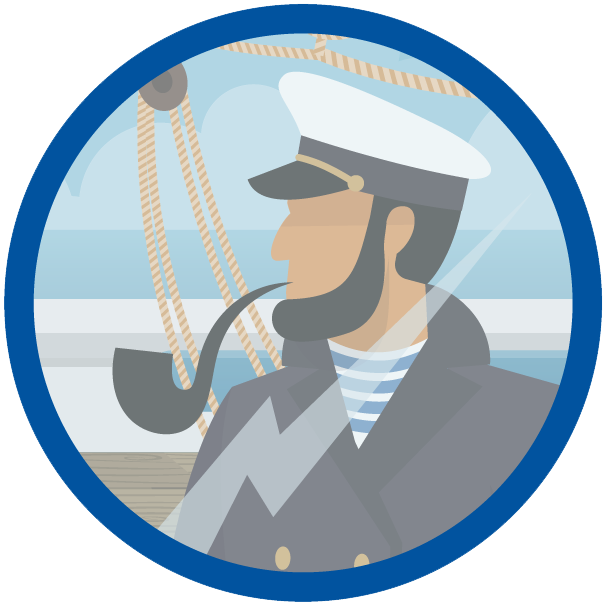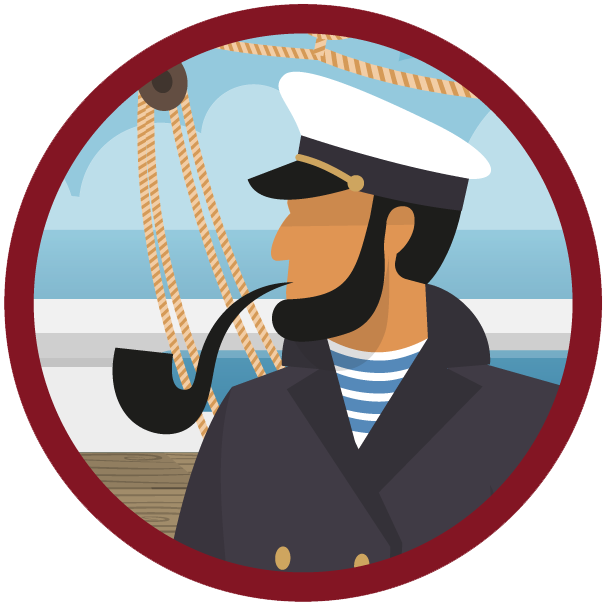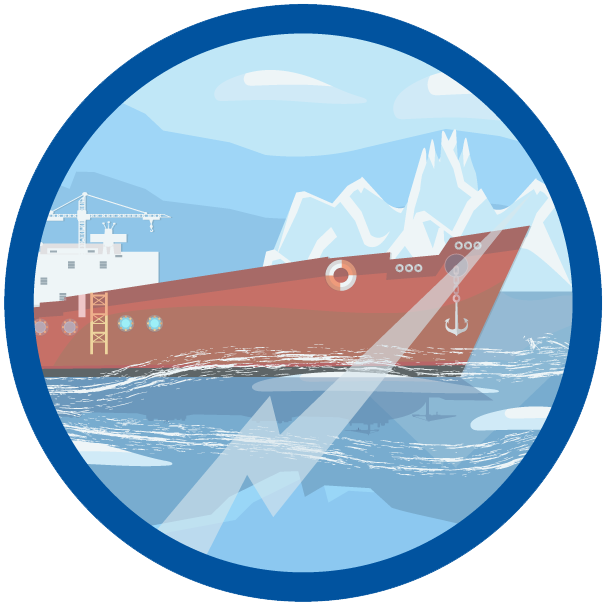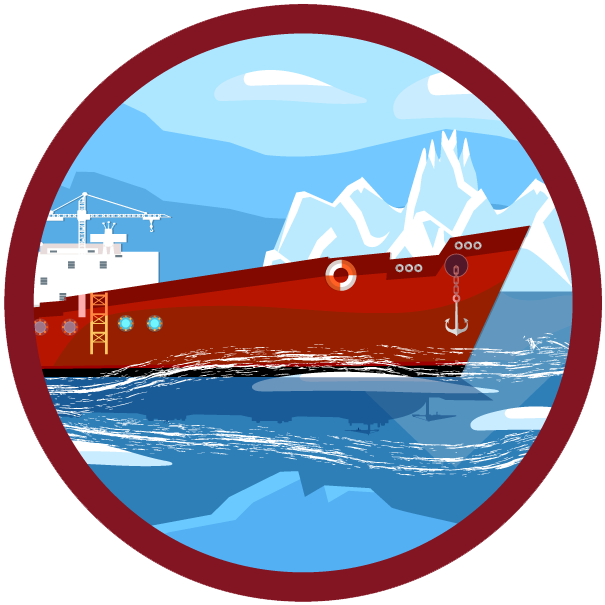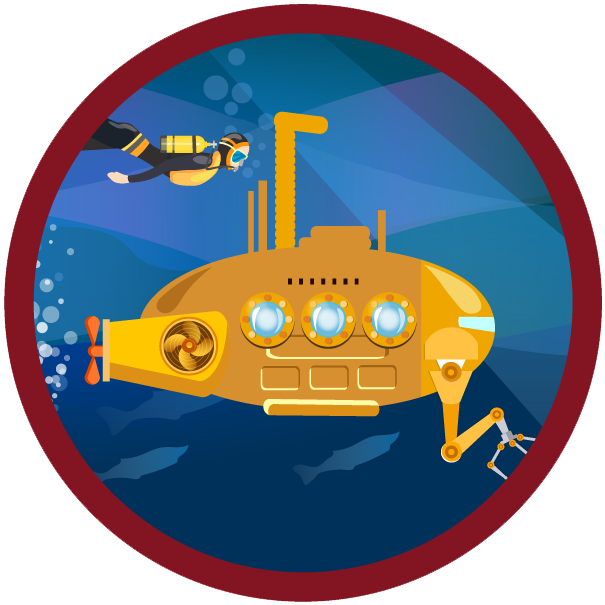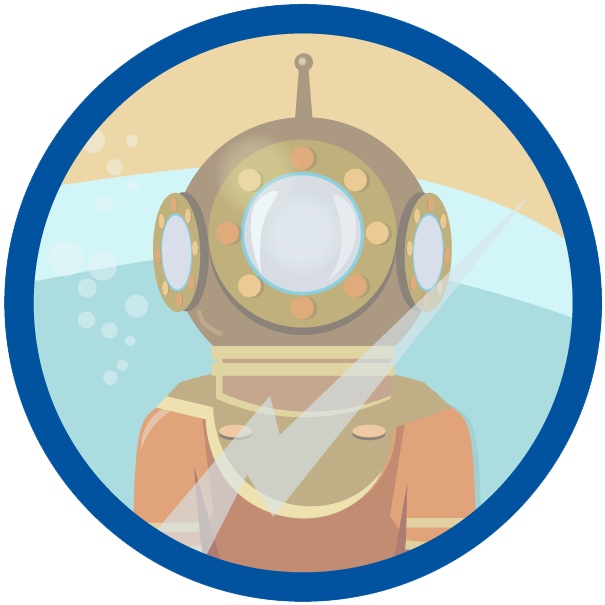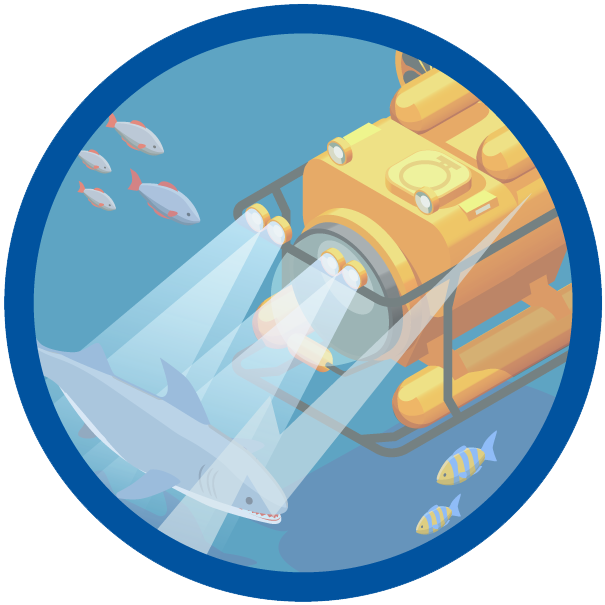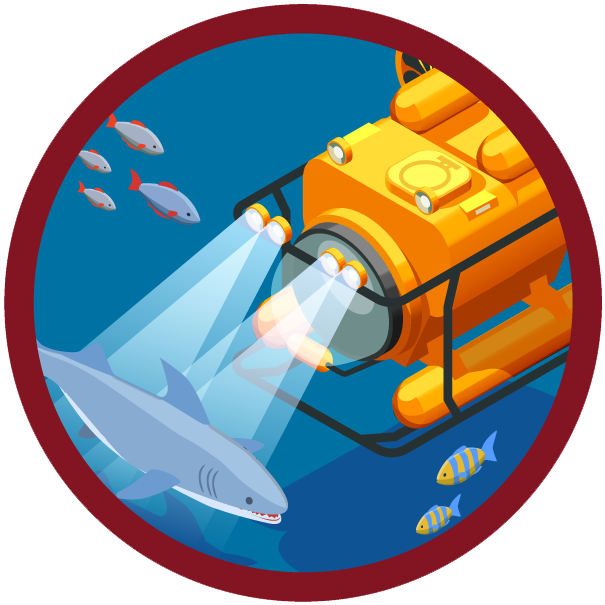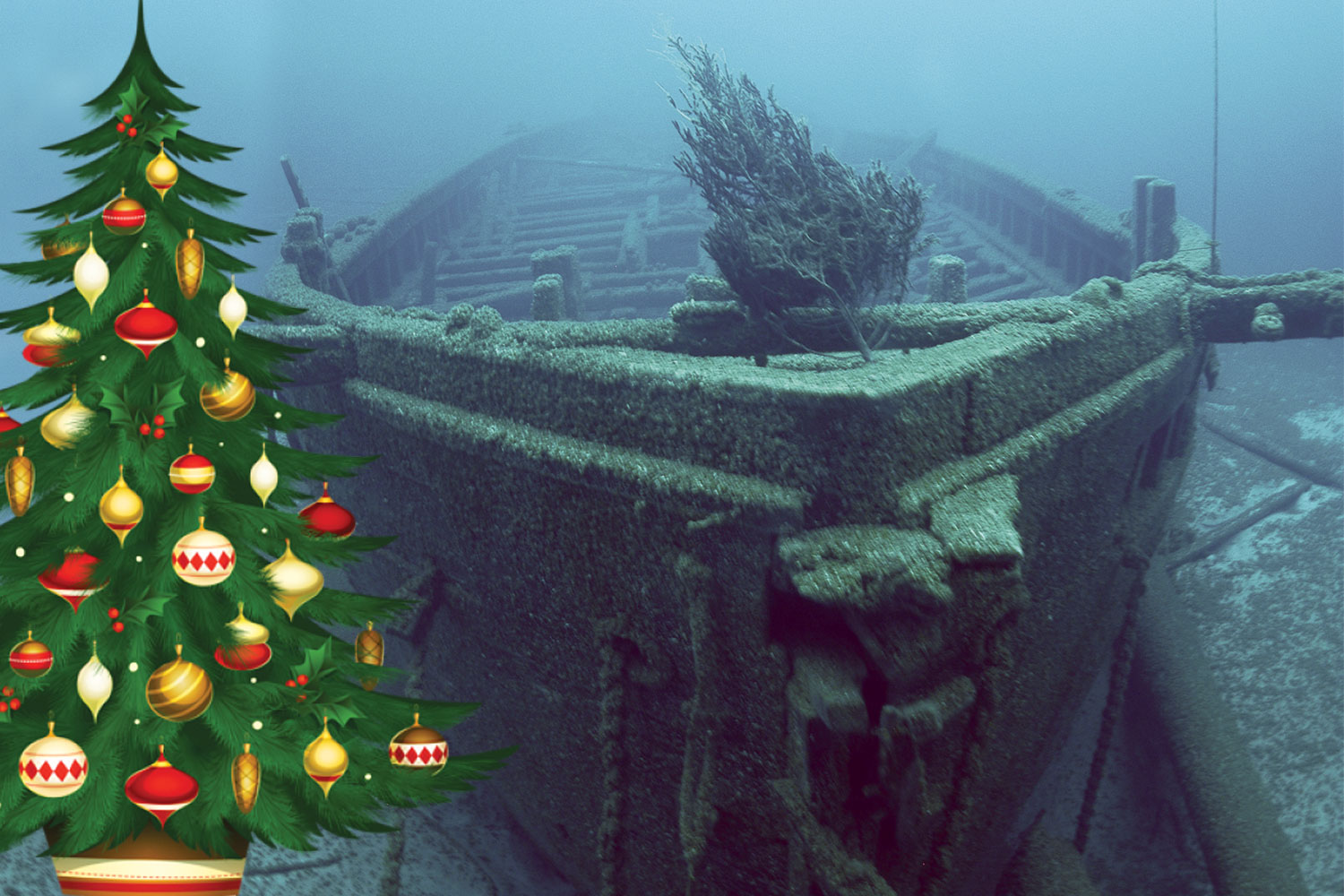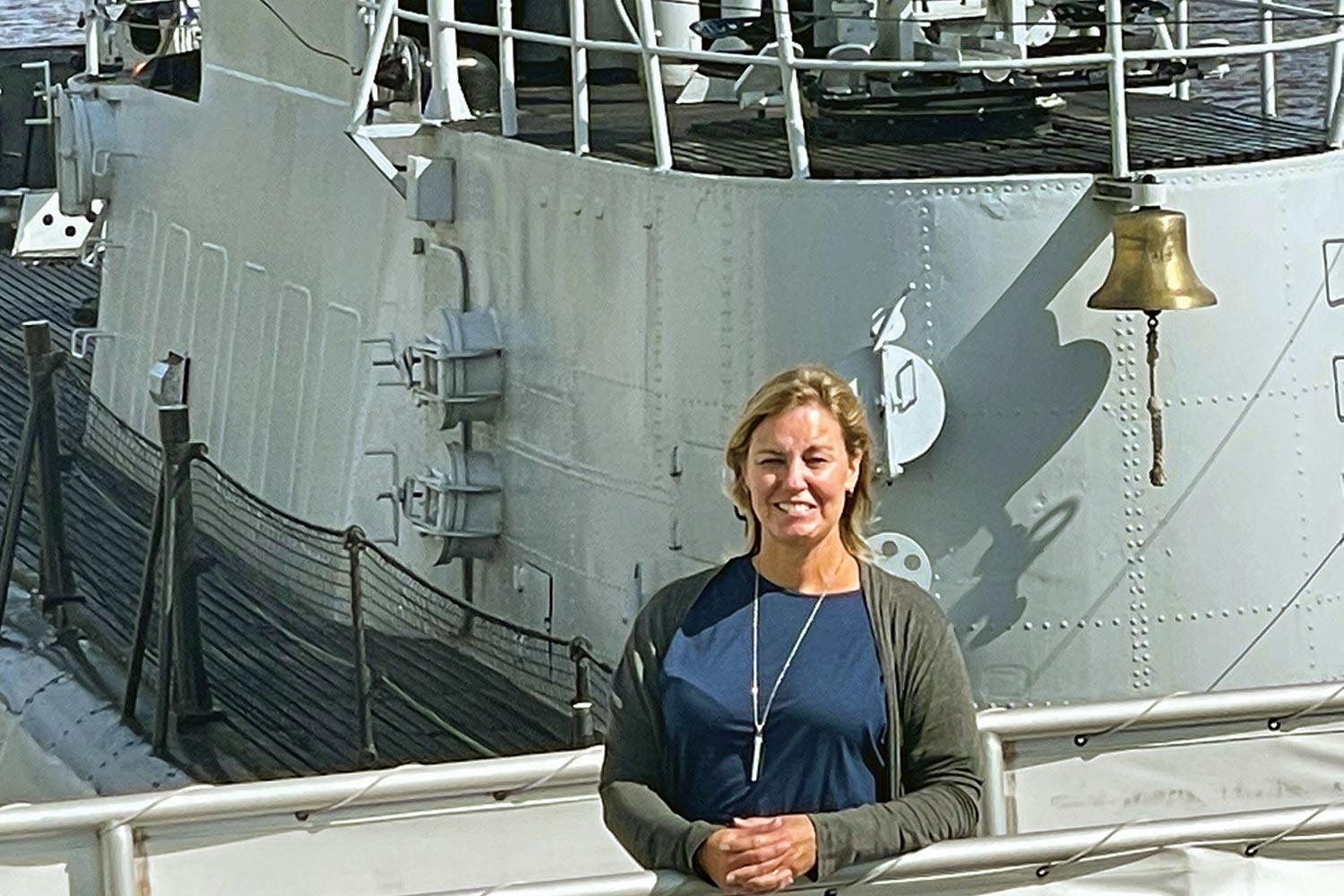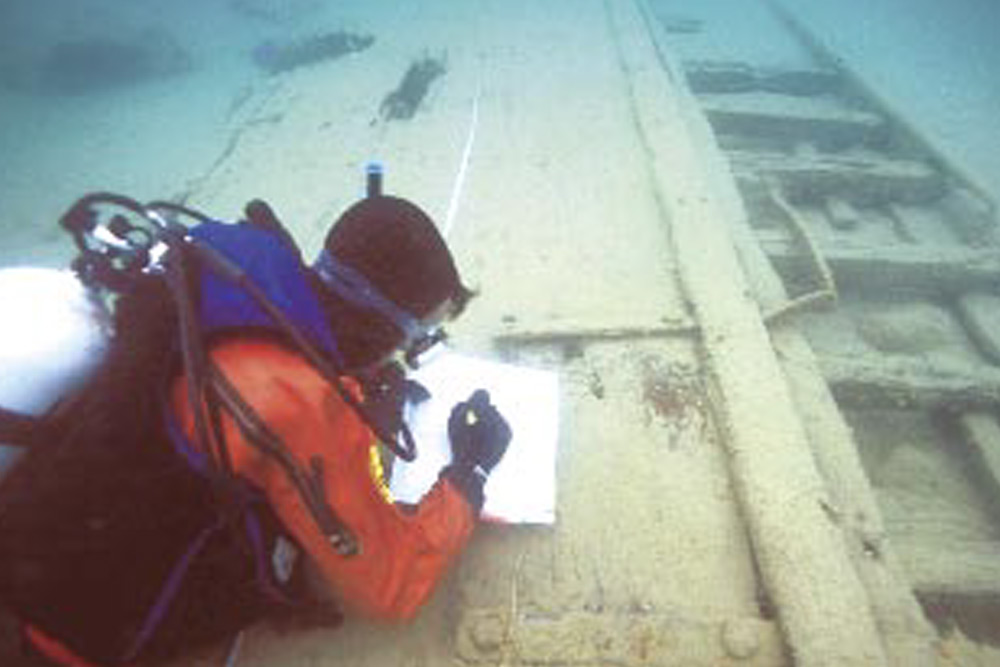Sea History for Kids
Christmas Tree Ship Rouse Simmons Nine in ten Americans will celebrate Christmas this year in some capacity, and more than 95 million households will put up a Christmas tree.¹ The…
READ MORE »When Admiral David Porter, commander of the ship USS Essex, anchored in the Galápagos Islands in the spring of 1813, he wrote: “Every one appeared desirous of securing as large…
READ MORE »“I’ve got the keys to the submarine!” When Cathy Green took over as executive director of the Wisconsin Maritime Museum a few years ago, she joked about assuming responsibility for…
READ MORE »Who in the world…is a nautical archaeologist? By Stephanie Allen Seventy percent of the earth is covered with water. It’s no surprise, then, that people have been traveling by boat…
READ MORE »Did You Know?
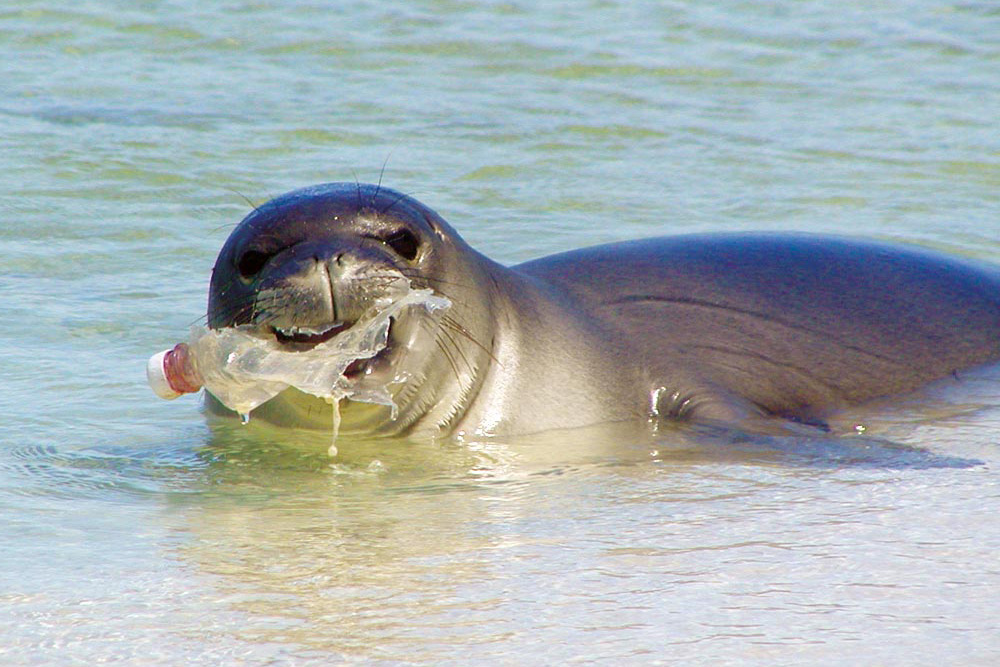
Marine animals consume plastic when they confuse it for food.
Small plastics and floating objects often look like food to aquatic animals and sea birds. When they eat plastic, it often gets stuck in their digestive system, making them feel full and unable to eat proper food.
What can YOU do?
Learn more at Getting Rid of Marine Debris



